The European Union's ambitious new Green Deal promises to make the bloc carbon-neutral by 2050, while creating new jobs and raising living standards. But, given that Europe accounts for only 10% of global carbon emissions, the true test of its green agenda lies in its willingness to help others with their own sustainable development.
CAMBRIDGE – Devastating fires from the Amazon to Australia, powerful storms, and changing rain patterns have made it hard for policymakers to remain silent about climate change. In the United States, Democratic lawmakers and presidential candidates now talk of a Green New Deal, which they would be able to deliver if they were to reclaim the White House and the Senate in November’s presidential and congressional elections.
Similarly, in December, the European Commission approved a European Green Deal, which promises a carbon-neutral economy by 2050, widespread job creation, and a better quality of life. With a proposed budget of €1 trillion ($1.1 trillion), the plan is not lacking in ambition. But some have questioned whether the European Green Deal can have a meaningful global impact on climate change. After all, the European Union accounts for only around 10% of global carbon dioxide emissions, which means that even major local achievements in Europe could be swamped by increasing emissions elsewhere.
One would expect Europeans to lead the way in supporting other countries – especially in the developing world – in their efforts to decarbonize their energy mix. If there is one country that stands out for its potential to realize the ideals of the European Green Deal, it is Ethiopia. If Europe follows up its words with action, it could help Ethiopia decarbonize, create jobs, and improve living standards not in 2050, but in the near term.
Two decades ago, Ethiopia was among the world’s poorest countries. But by the 2010s, it had become the world’s fastest-growing economy. Since 2003, its sustained growth boom has lowered the poverty rate by 40% and increased average life expectancy from 54 to 66 years. Ethiopia’s development strategy is notable because it is homegrown and driven not by natural resources, but by expanding human and social capabilities.
The country’s charismatic, humble, and visionary prime minister, Abiy Ahmed, was awarded the Nobel Peace Prize in 2019, owing to his success in securing a peace agreement with neighboring Eritrea. He is dedicated to unifying the country, strengthening democracy and human rights, and implementing economic reforms designed to ensure macro stability and promote diversification. While the World Economic Forum used its annual meeting in Davos this month to call for one trillion new trees to be planted, Ahmed has already led a national campaign that planted 350 million tree seedlings in a single day. This has reversed a deforestation trend that had reduced Ethiopia’s forest cover for decades.
But to maintain its dynamism, Ethiopia needs much more energy – and that energy must be green. To that end, the authorities have been developing two hydroelectric dams: the Grand Ethiopian Renaissance Dam (GERD) and the Koysha Hydroelectric Project. Jointly, these dams would generate more than 20,000 gigawatt-hours of energy annually, saving the world 21.5 million metric tons of CO2 emissions every year. They would also help power the country’s rail network and industrial parks with renewable energy, generating both employment and surplus energy for export.
Unfortunately, Ethiopia has not been able to secure financial resources to finish these dams. As a result, both projects are far behind schedule, and the world is poorer and dirtier for it. To be sure, as with all dams, these projects would cause some collateral damage. Because the GERD would temporarily disrupt flows into the Nile River while the dam’s reservoir is filled, Egypt opposes it.
Similarly, the Koysha Dam would have an impact on Lake Turkana, which is located only partly in Ethiopia. Yet the government of Kenya, where most of the lake lies, wants the dam completed so it can buy some of the energy it would generate. But some in the international community have seen fit to object to the project. Clearly, there is a double standard at work: although dams can affect river flows and displace populations, it is not as if solar, wind, and mining for silicon and iron ore have no environmental impact.
The Italian infrastructure group Salini Impregilo is the main contractor on both of Ethiopia’s dams, but the Italian export-import bank, SACE, withdrew €1.5 billion in planned investment from Koysha. That has forced policymakers to finance the project domestically, which creates serious macroeconomic imbalances, including balance-of-payments problems, financial repression, inflation, and a lower growth rate.
Europe’s Green Deal looks well intentioned. But its credibility should be judged in no small part by what happens in Ethiopia. An International Monetary Fund program signed in December should reassure European and SACE officials of Ethiopia’s creditworthiness, allowing Italian engineers to get back to work on the dams. Just as miners use a canary to determine whether the air in a mineshaft is safe, the world should regard Ethiopia as a test of its own resolve to achieve a clean, prosperous future.
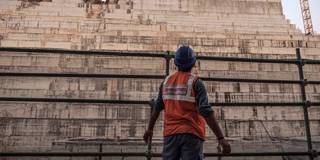


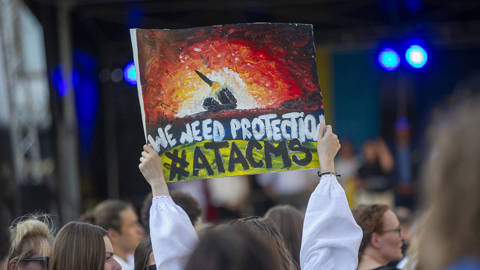
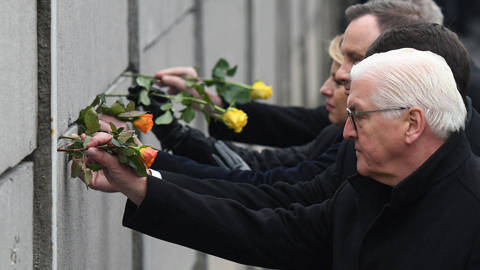
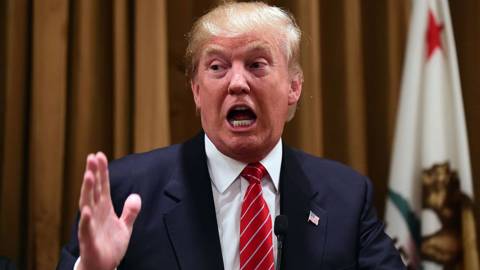
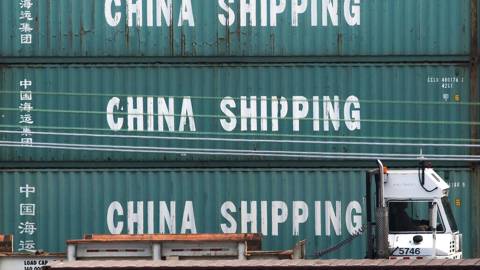

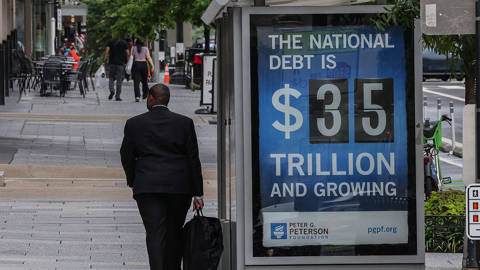
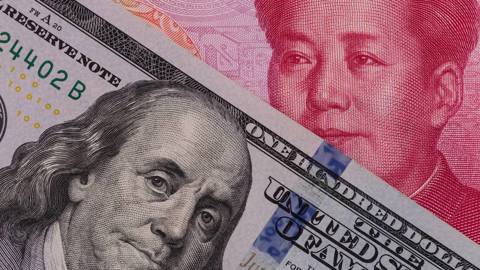
CAMBRIDGE – Devastating fires from the Amazon to Australia, powerful storms, and changing rain patterns have made it hard for policymakers to remain silent about climate change. In the United States, Democratic lawmakers and presidential candidates now talk of a Green New Deal, which they would be able to deliver if they were to reclaim the White House and the Senate in November’s presidential and congressional elections.
Similarly, in December, the European Commission approved a European Green Deal, which promises a carbon-neutral economy by 2050, widespread job creation, and a better quality of life. With a proposed budget of €1 trillion ($1.1 trillion), the plan is not lacking in ambition. But some have questioned whether the European Green Deal can have a meaningful global impact on climate change. After all, the European Union accounts for only around 10% of global carbon dioxide emissions, which means that even major local achievements in Europe could be swamped by increasing emissions elsewhere.
One would expect Europeans to lead the way in supporting other countries – especially in the developing world – in their efforts to decarbonize their energy mix. If there is one country that stands out for its potential to realize the ideals of the European Green Deal, it is Ethiopia. If Europe follows up its words with action, it could help Ethiopia decarbonize, create jobs, and improve living standards not in 2050, but in the near term.
Two decades ago, Ethiopia was among the world’s poorest countries. But by the 2010s, it had become the world’s fastest-growing economy. Since 2003, its sustained growth boom has lowered the poverty rate by 40% and increased average life expectancy from 54 to 66 years. Ethiopia’s development strategy is notable because it is homegrown and driven not by natural resources, but by expanding human and social capabilities.
The country’s charismatic, humble, and visionary prime minister, Abiy Ahmed, was awarded the Nobel Peace Prize in 2019, owing to his success in securing a peace agreement with neighboring Eritrea. He is dedicated to unifying the country, strengthening democracy and human rights, and implementing economic reforms designed to ensure macro stability and promote diversification. While the World Economic Forum used its annual meeting in Davos this month to call for one trillion new trees to be planted, Ahmed has already led a national campaign that planted 350 million tree seedlings in a single day. This has reversed a deforestation trend that had reduced Ethiopia’s forest cover for decades.
But to maintain its dynamism, Ethiopia needs much more energy – and that energy must be green. To that end, the authorities have been developing two hydroelectric dams: the Grand Ethiopian Renaissance Dam (GERD) and the Koysha Hydroelectric Project. Jointly, these dams would generate more than 20,000 gigawatt-hours of energy annually, saving the world 21.5 million metric tons of CO2 emissions every year. They would also help power the country’s rail network and industrial parks with renewable energy, generating both employment and surplus energy for export.
BLACK FRIDAY SALE: Subscribe for as little as $34.99
Subscribe now to gain access to insights and analyses from the world’s leading thinkers – starting at just $34.99 for your first year.
Subscribe Now
Unfortunately, Ethiopia has not been able to secure financial resources to finish these dams. As a result, both projects are far behind schedule, and the world is poorer and dirtier for it. To be sure, as with all dams, these projects would cause some collateral damage. Because the GERD would temporarily disrupt flows into the Nile River while the dam’s reservoir is filled, Egypt opposes it.
Similarly, the Koysha Dam would have an impact on Lake Turkana, which is located only partly in Ethiopia. Yet the government of Kenya, where most of the lake lies, wants the dam completed so it can buy some of the energy it would generate. But some in the international community have seen fit to object to the project. Clearly, there is a double standard at work: although dams can affect river flows and displace populations, it is not as if solar, wind, and mining for silicon and iron ore have no environmental impact.
The Italian infrastructure group Salini Impregilo is the main contractor on both of Ethiopia’s dams, but the Italian export-import bank, SACE, withdrew €1.5 billion in planned investment from Koysha. That has forced policymakers to finance the project domestically, which creates serious macroeconomic imbalances, including balance-of-payments problems, financial repression, inflation, and a lower growth rate.
Europe’s Green Deal looks well intentioned. But its credibility should be judged in no small part by what happens in Ethiopia. An International Monetary Fund program signed in December should reassure European and SACE officials of Ethiopia’s creditworthiness, allowing Italian engineers to get back to work on the dams. Just as miners use a canary to determine whether the air in a mineshaft is safe, the world should regard Ethiopia as a test of its own resolve to achieve a clean, prosperous future.